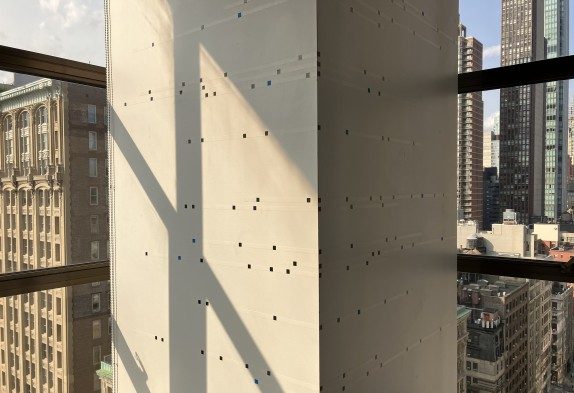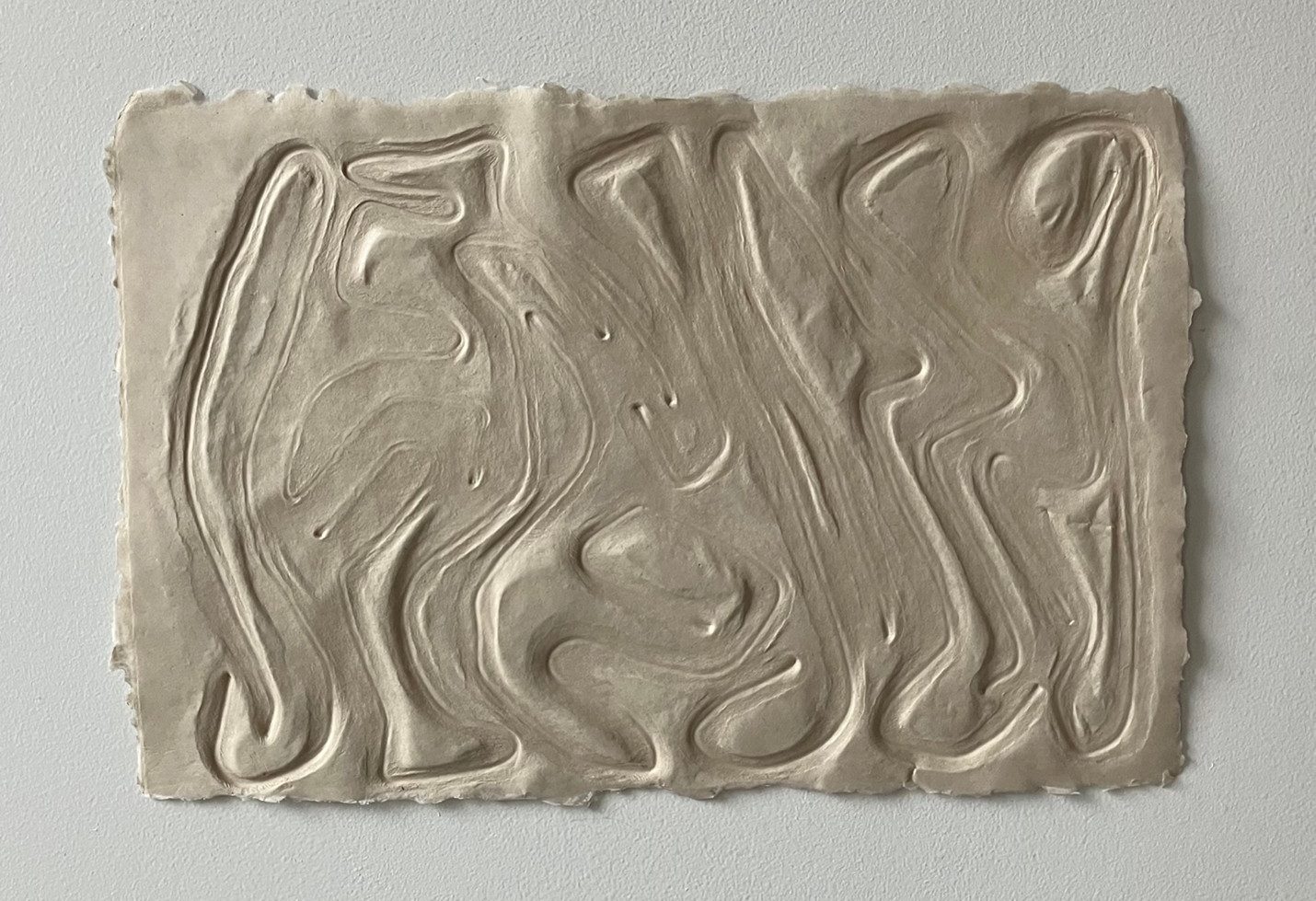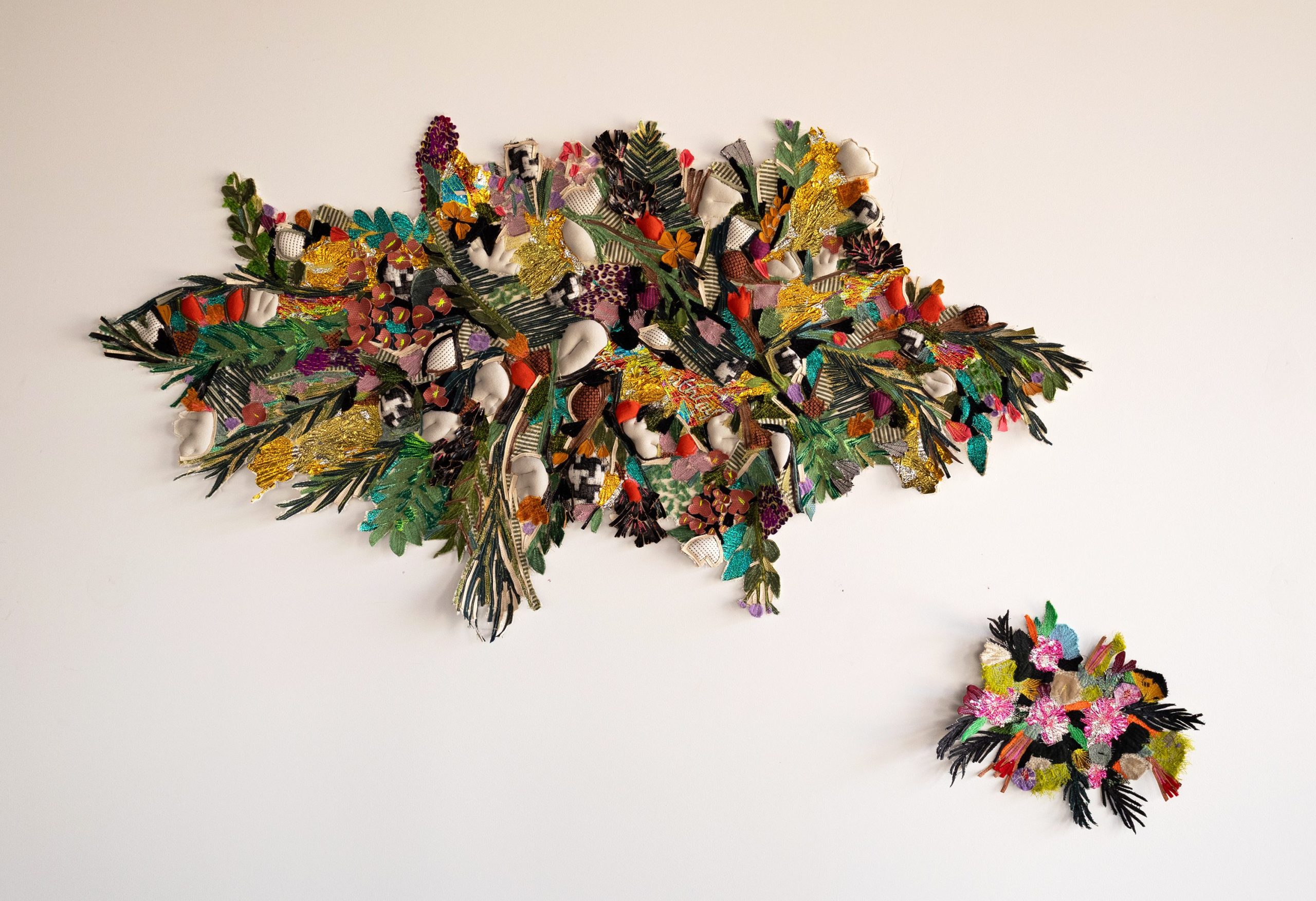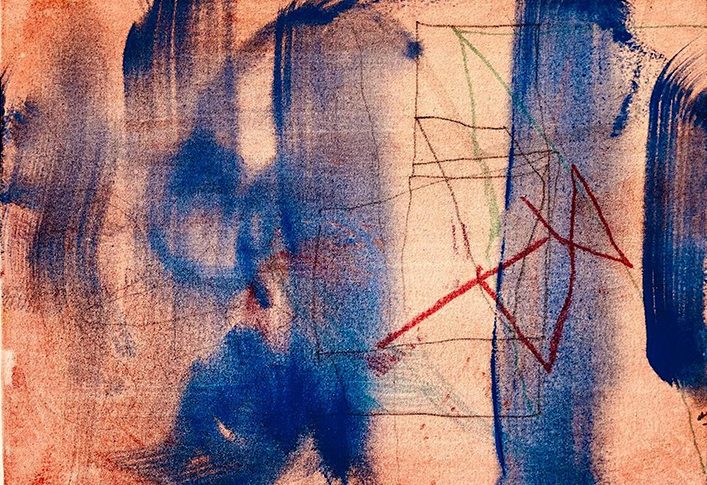Letitia Quesenberry: Hyperspace + Little Darlings
Artist Statement:
In my work I am interested in using abstract lenses, filters, shadow, and light as a means of exploring vision’s ambiguities. My concerns involve the cultivation of an aesthetic inscrutability – a kind of visual veiling that destabilizes perception. In all of my work, through the play of materials, surfaces and technologies, I am interested in the limits and boundaries of visual perception, memory’s effect on present experience, and how these ideas complicate the notion of certainty.
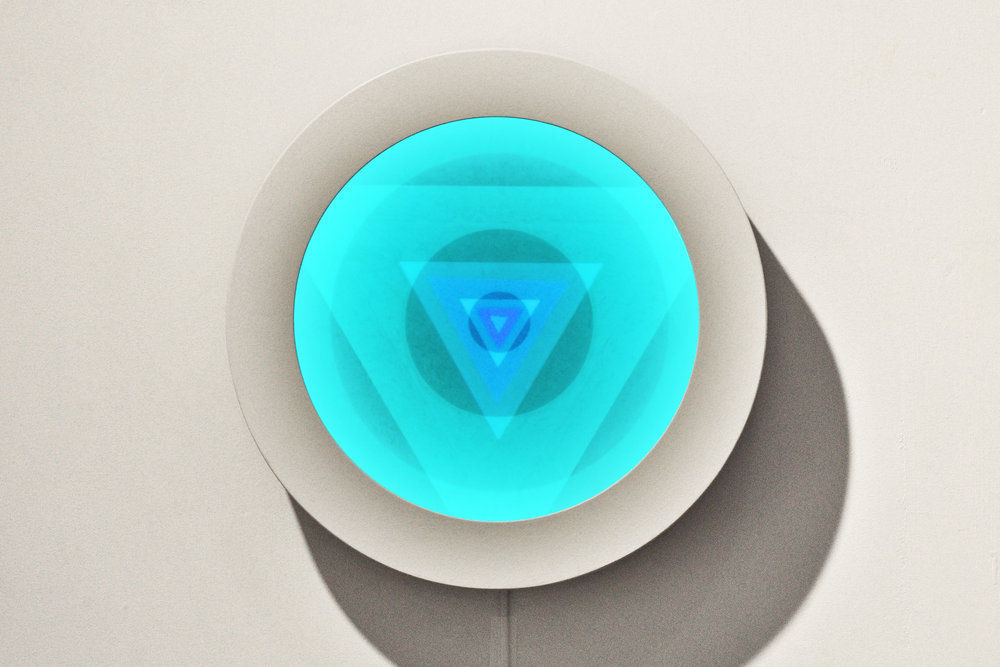
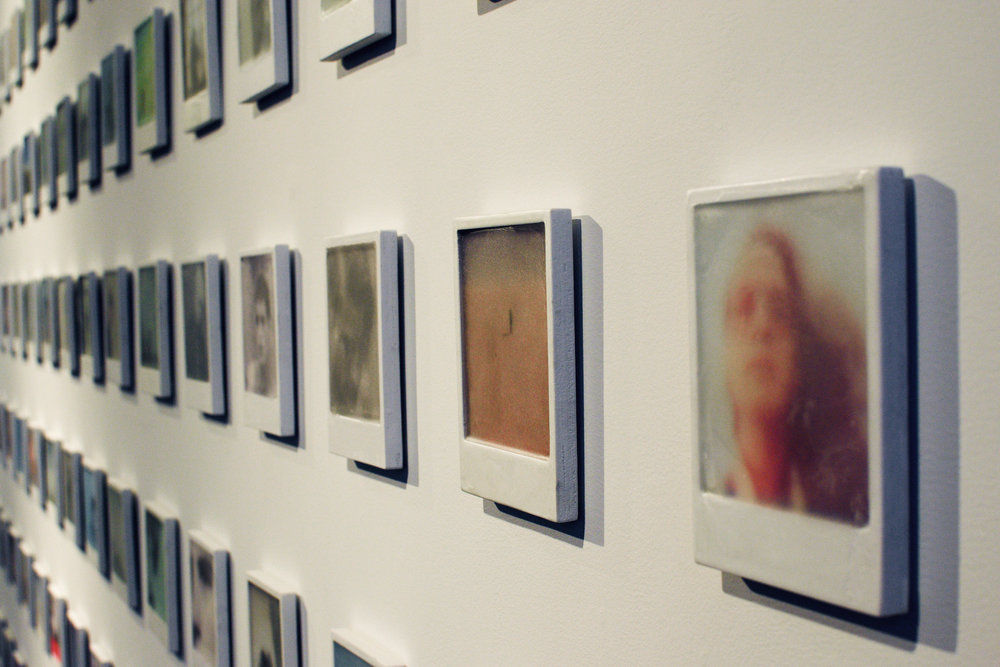
Q: The form of each of the Little Darlings resembles a Polaroid, an obsolete technology for which many feel nostalgia.
Prolonged looking is a major goal. My generation (maybe just me) seems endlessly caught between analog and digital modes; I try to reflect that tension. I’m interested in how photography gets periodically disrupted/expanded – Polaroids, and now cell phones, Instagram, etc. – more accessible, with the seeming adverse effect of making us less attentive.
The passage of time (how to document it and who gets to) intrigues me. I believe that visual experience continues to influence how one perceives everything going forward. It is therefore important to continually question how one actually sees. In my work, the Polaroid format has come to represent the limitations – and the beauty – of memory and nostalgia, along with the fleeting intention to balance previous experience with attention to what is happening now.
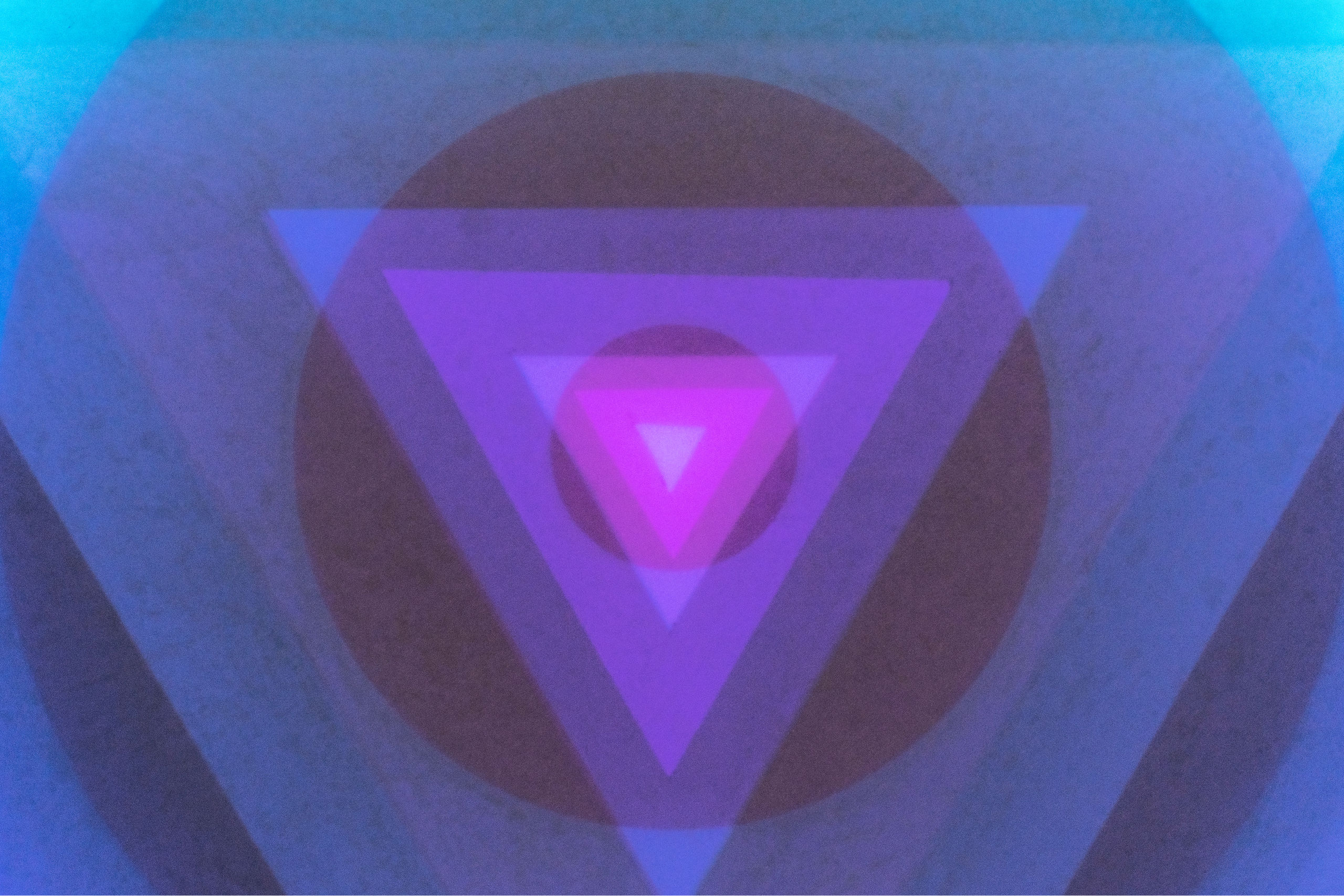
Q: While Little Darlings has figurative images, Hyperspace is purely abstract. What interests you about working with light and color?
I like the intensely personal associations of the Little Darlings but wanted to expand on ideas about ambiguity and visual perception.
Color and light need no mediator. And, ultimately I want each viewer to have an experience that doesn’t rely on verbal explanation. I am pursuing the “vibrational” effect of Hyperspace to bring the action of scrutinizing into each moment of looking at the work.
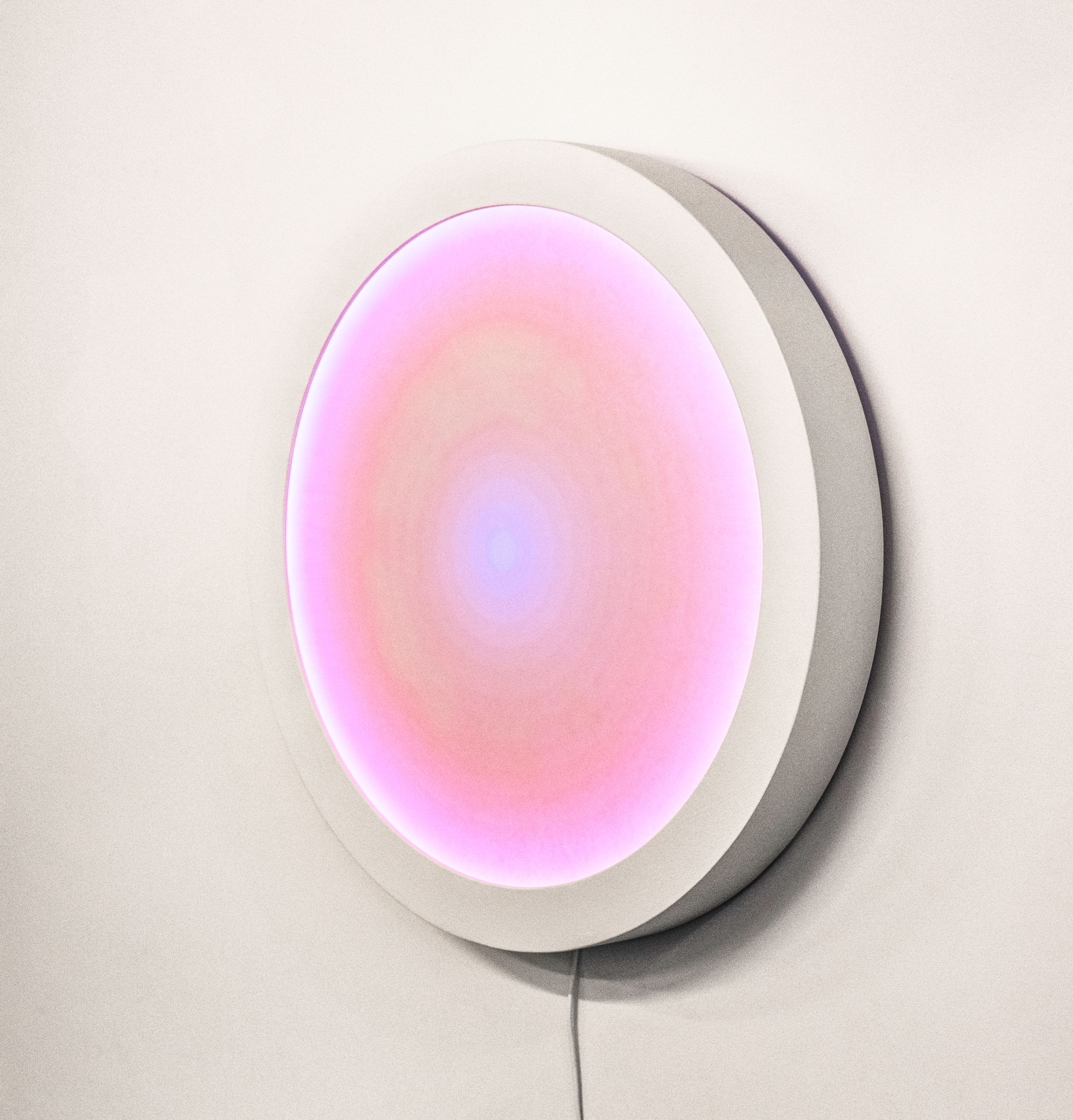
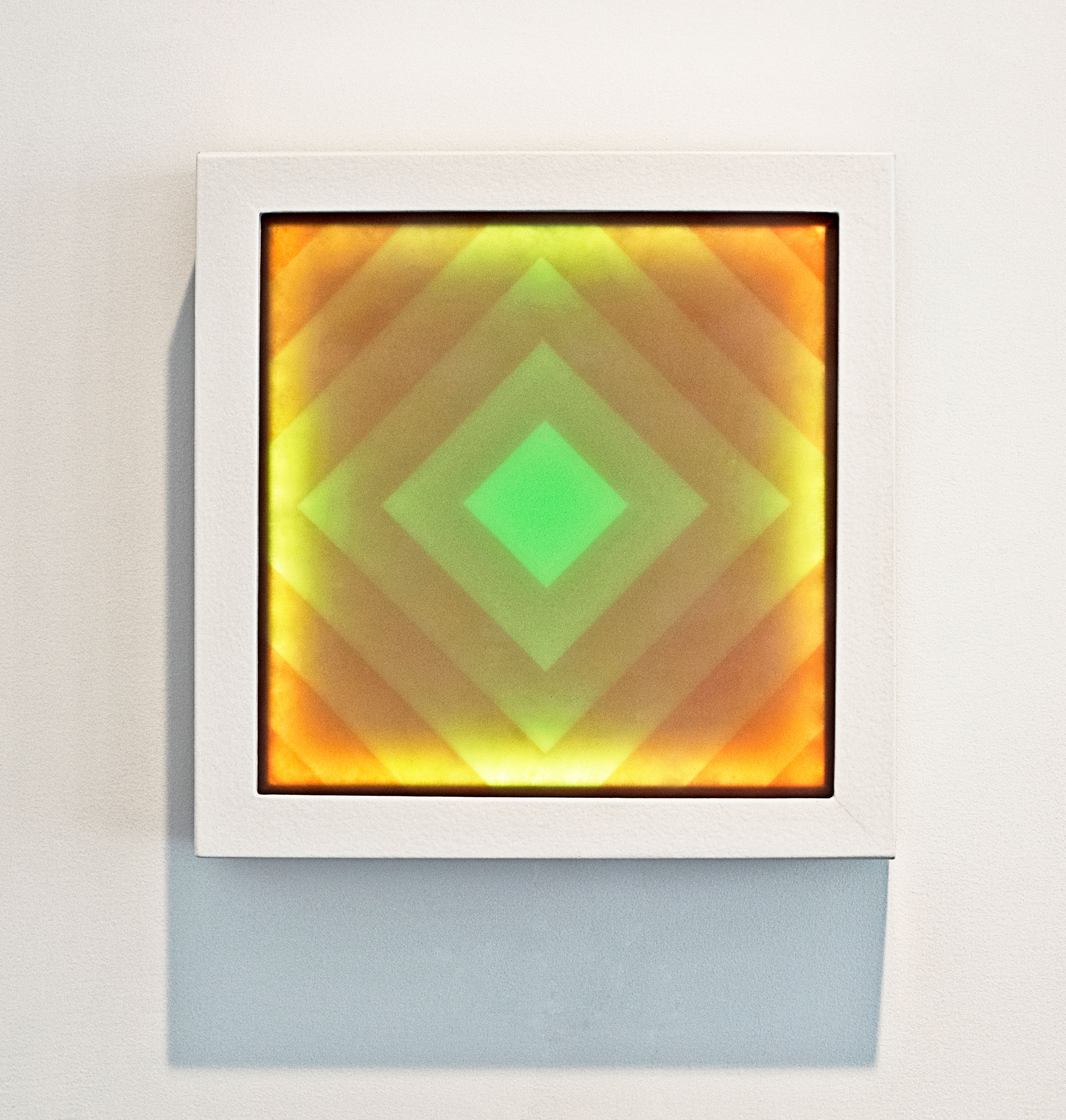
Q: The construction of the Hyperspace light boxes is refined, almost machine-like. Is this to remove the evidence, hand of the artist?
I really love Minimalism and Concrete Art. Reductive strategies in general are a great influence to me. I grew up very near my four grandparents. They were two carpenters, a builder, two artists, and a quilter. I absorbed a lot early on about how to make things.
I enjoy the initial process of building as much as every other step. For me, integrating how all elements go together is supremely important. I like figuring out the best materials, gathering the right tools and refining the process. I do as much of the work myself, so that each object is embedded with my touch Even though that mark should eventually disappear.
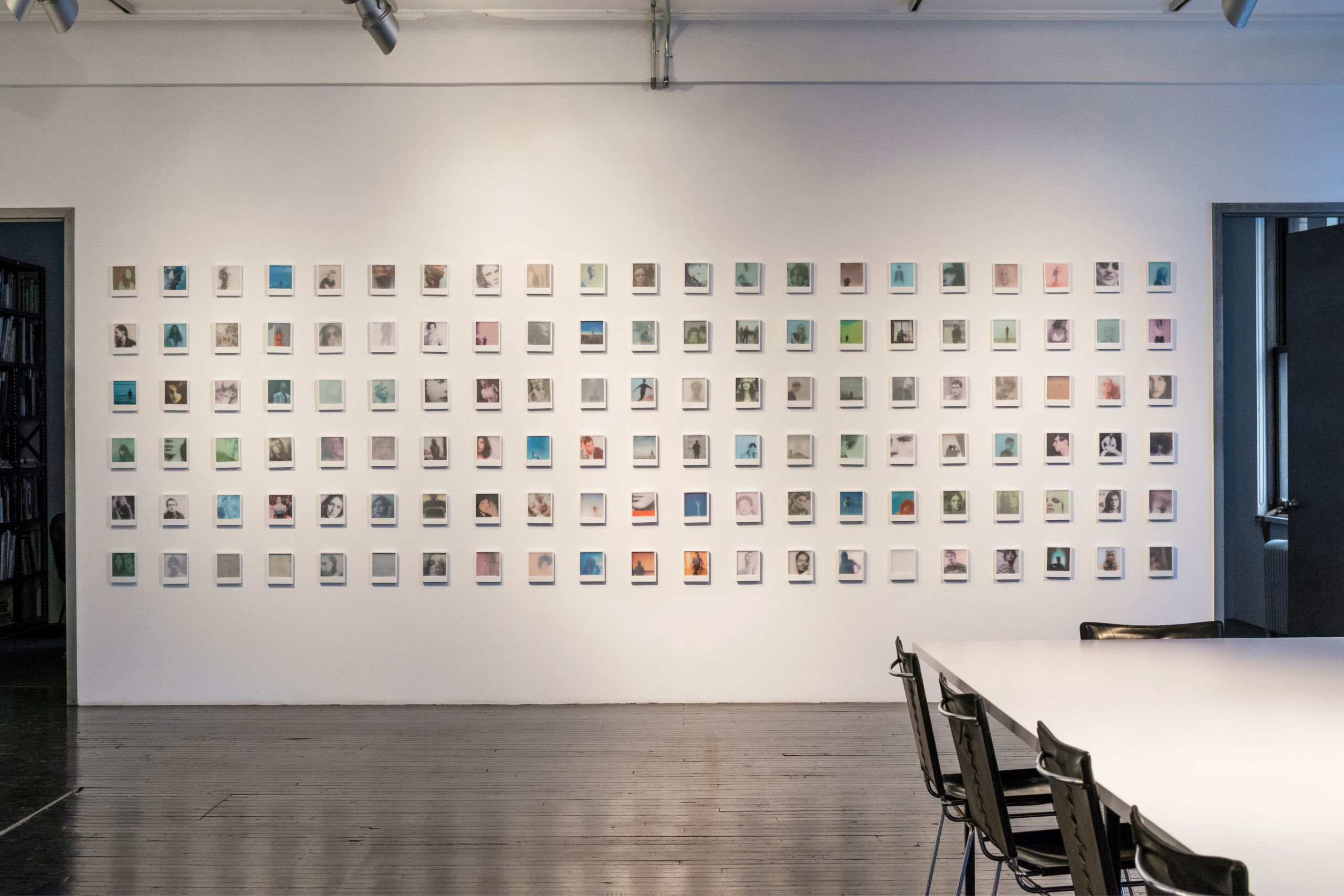
About the Artist
Letitia Quesenberry explores subtlety and obscurity to investigate vision’s ambiguities. Her artistic concerns involve the cultivation of an aesthetic inscrutability, a form of optical veiling that destabilizes perception. To this end, she has worked with drawing, painting, photography, video, text-based installations and light itself. Through formal play of materials, surfaces and technologies, her work frequently considers the many ways in which certainty is elusive and ambiguity is compelling. She lives and works in Louisville, Kentucky.

